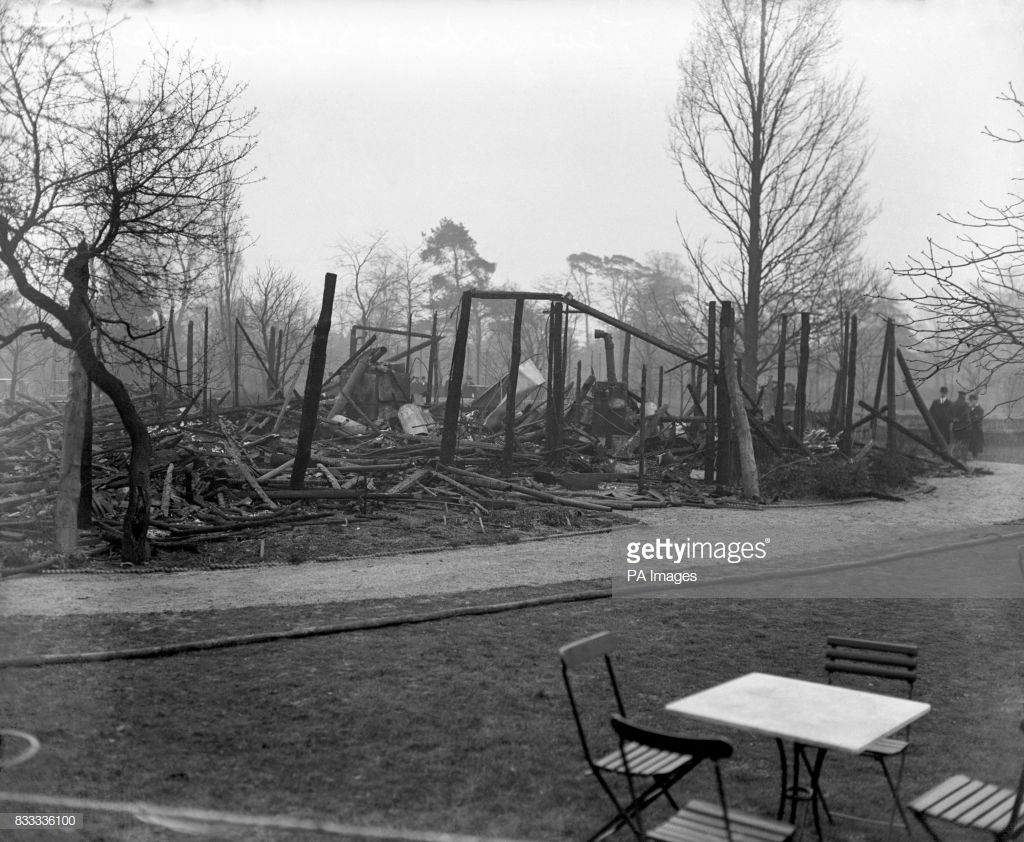
A political icon and suffragist, Olive Wharry (December 1886–2 October 1947) defied the odds and broke many boundaries as an artist. Wharry started her career as an art student who played an active role women’s suffrage. Rather than just using definitive art as her form of expression, she resulted to crime that had underlying artistic values. Her first arrest resulted from a window-smashing campaign but her most iconic piece of physical artwork. While serving jail time, Olive created a scrapbook with the signatures of other Suffragettes who were serving time with her. Not only was she arrested for window smashing, but also she was arrested seven more times while fighting for women’s suffrage. Her most well known crime was the arson attack of The Tea House where her and others set a teacart on fire that had been owned by the United Kingdom’s government. She stated that the attack had nothing to do with the women who worked at the shop as it was strictly meant for war.
Wharry’s way of defying the government was her way of expression and technically, art is a form of expression. Being in jail did not stop her from protesting against authorities where she went on a hunger strike almost every time she was imprisoned, then forced to be released as she was too ill. Just like how an artist puts up a painting in an art gallery for people to view and interoperate in their own ways, that is what Olive did during her protests. Her starving herself in jail, some may view it as a sign of being weak but for Olive, making herself weak to the core proved how strong she was and no matter how many time she was thrown in jail, she continued to revolt the second she was released.

The acts preformed by the Suffragettes all could have been drawn or painted but instead they were done personally. To make a statement that needed to get an immediate reaction, they did all of this at places they knew they would get the most responses. They smashed windows knowing the police would have been called and arson attacked a tea shop they knew was controlled by the government. Any act that gets the authorities involved is an exact way to get people’s attention, and that is exactly what they did.
The scrapbooks made in prison are not just filled with pictures and signatures, but tell the story of each women in that jail. The pictures give enough of a description alone, of the pain these women were going through. Pictures tell as much, or even more of a story as artwork does as you can see the clear expressions and the pain in their eyes.





